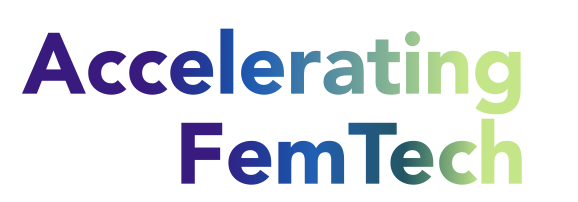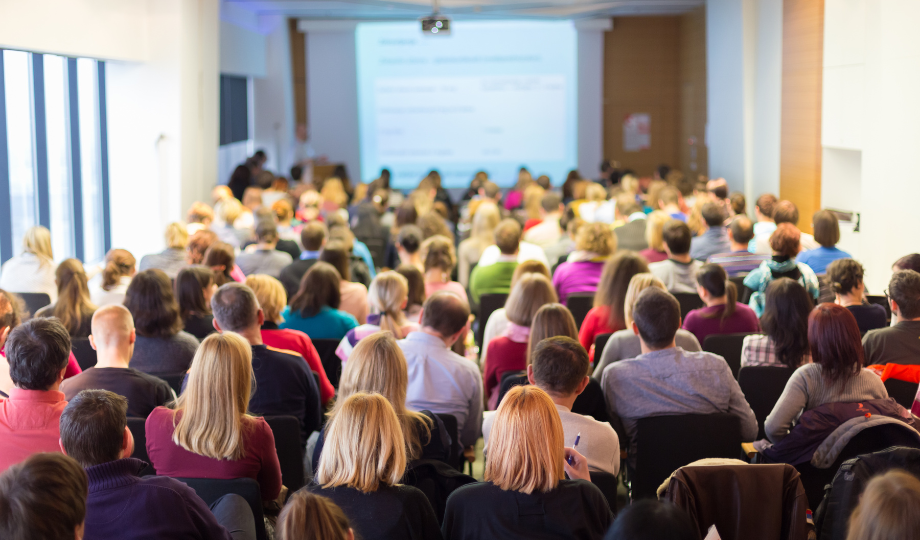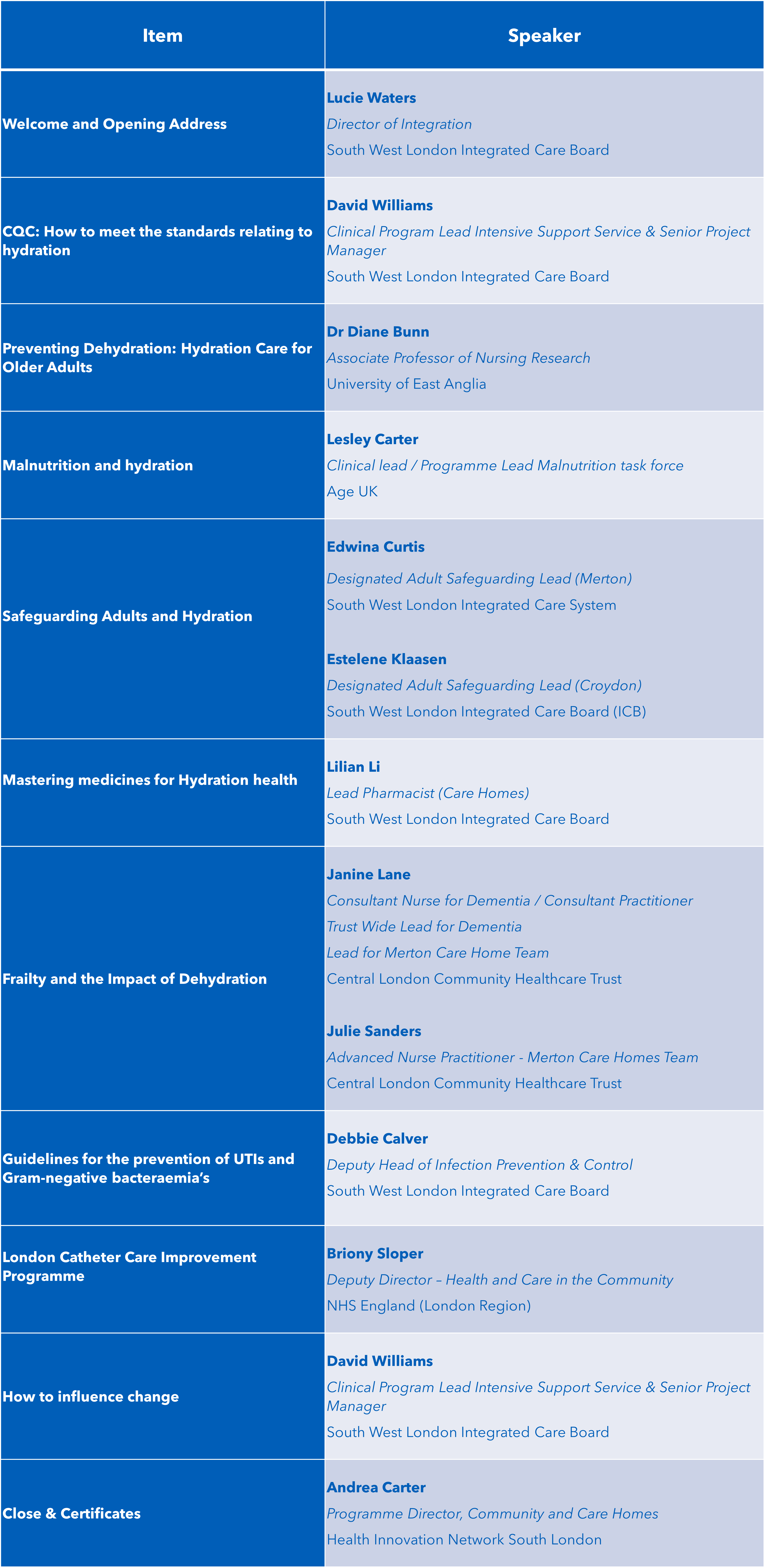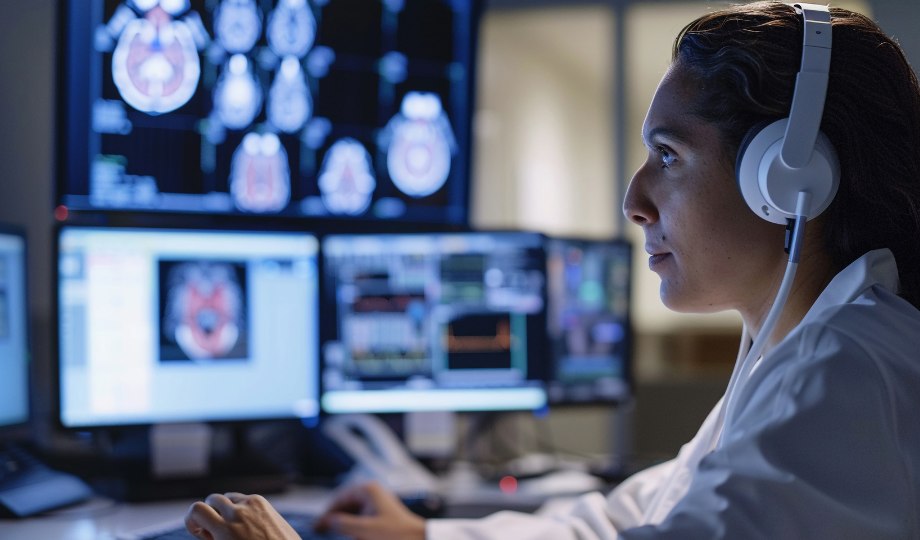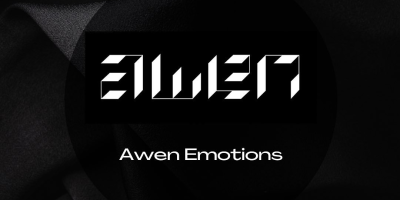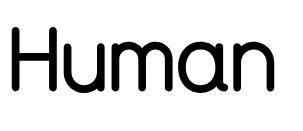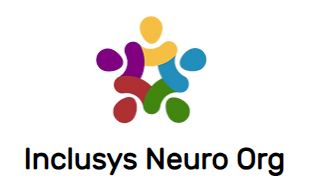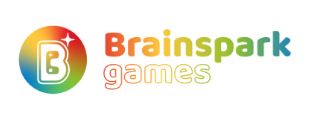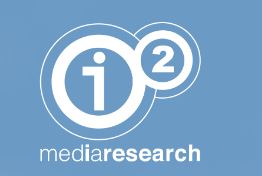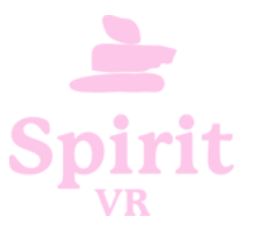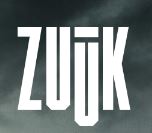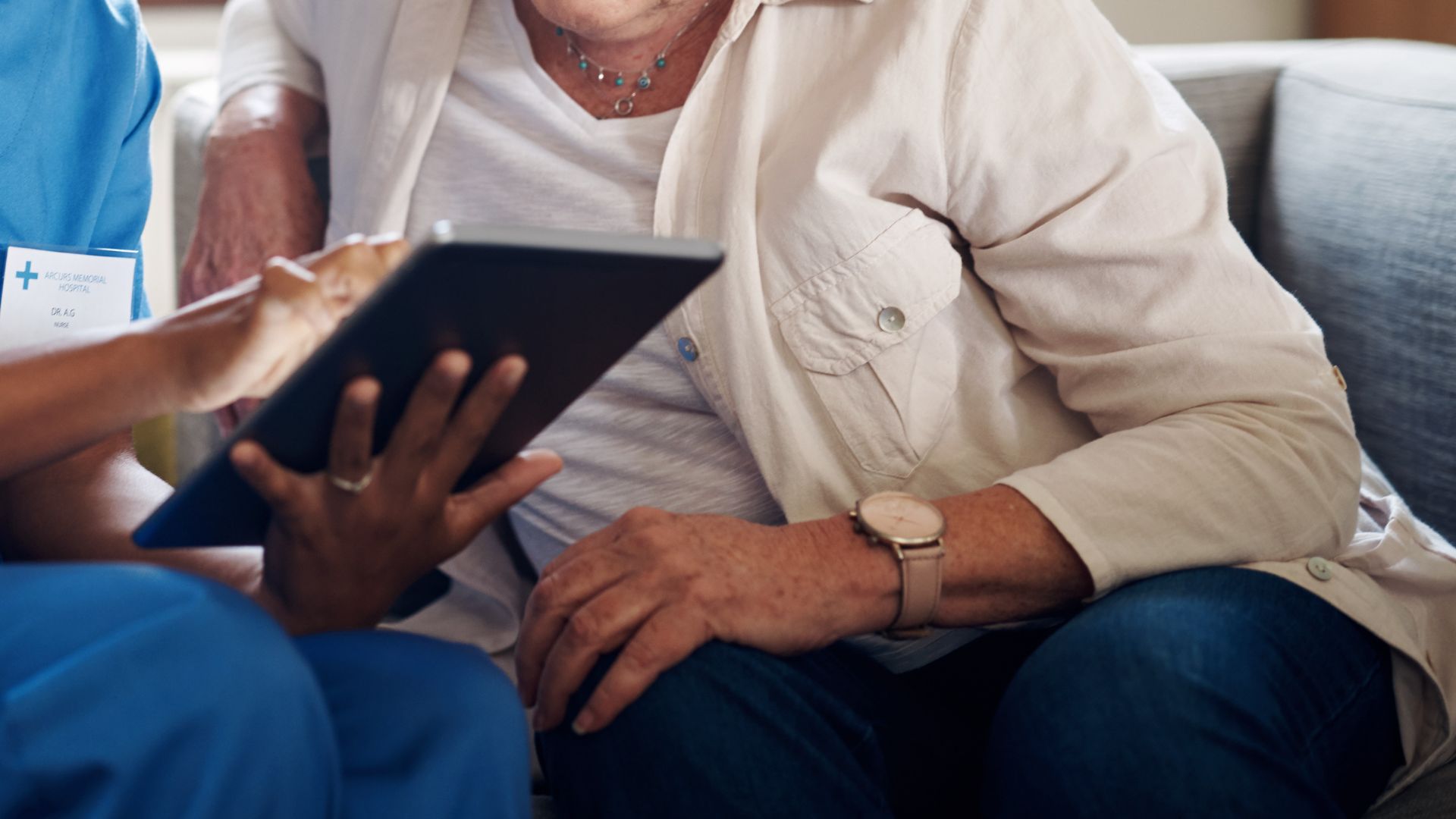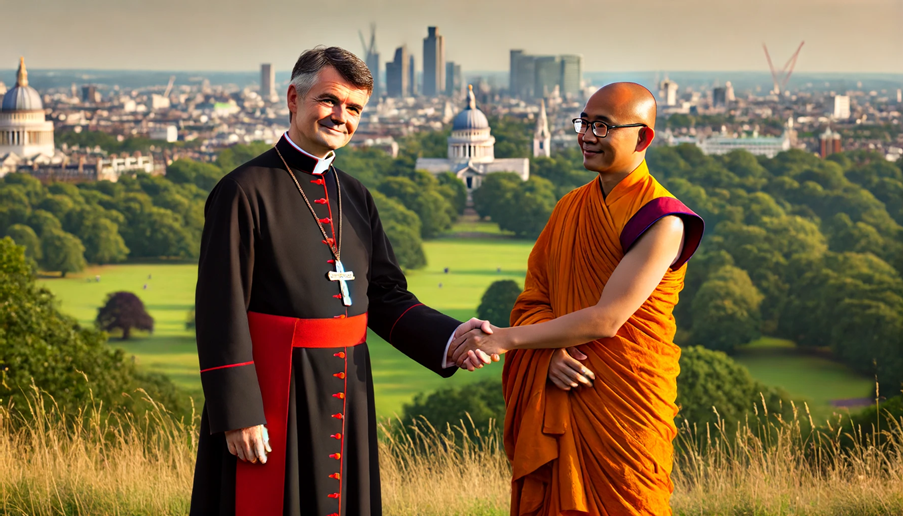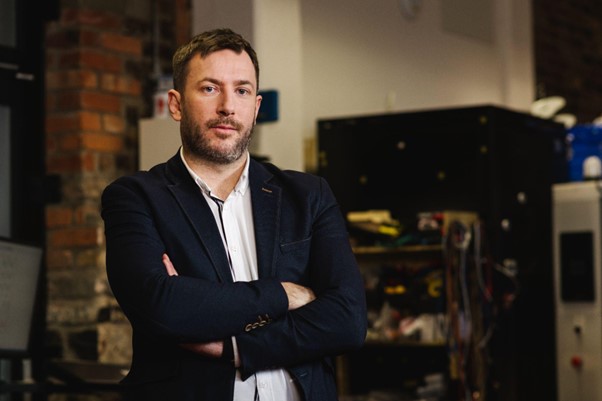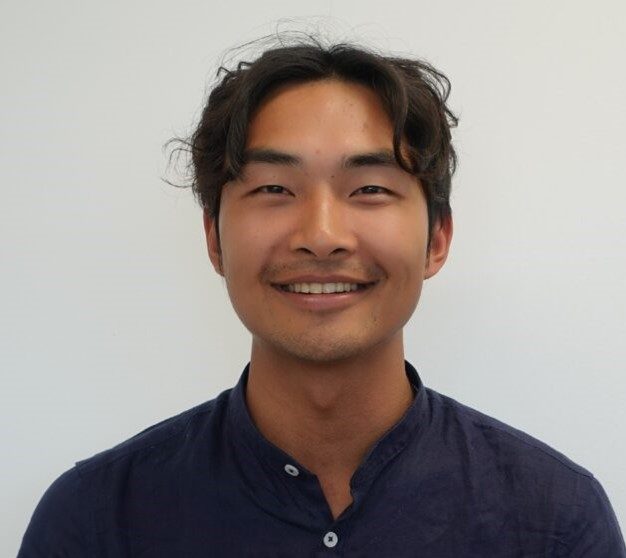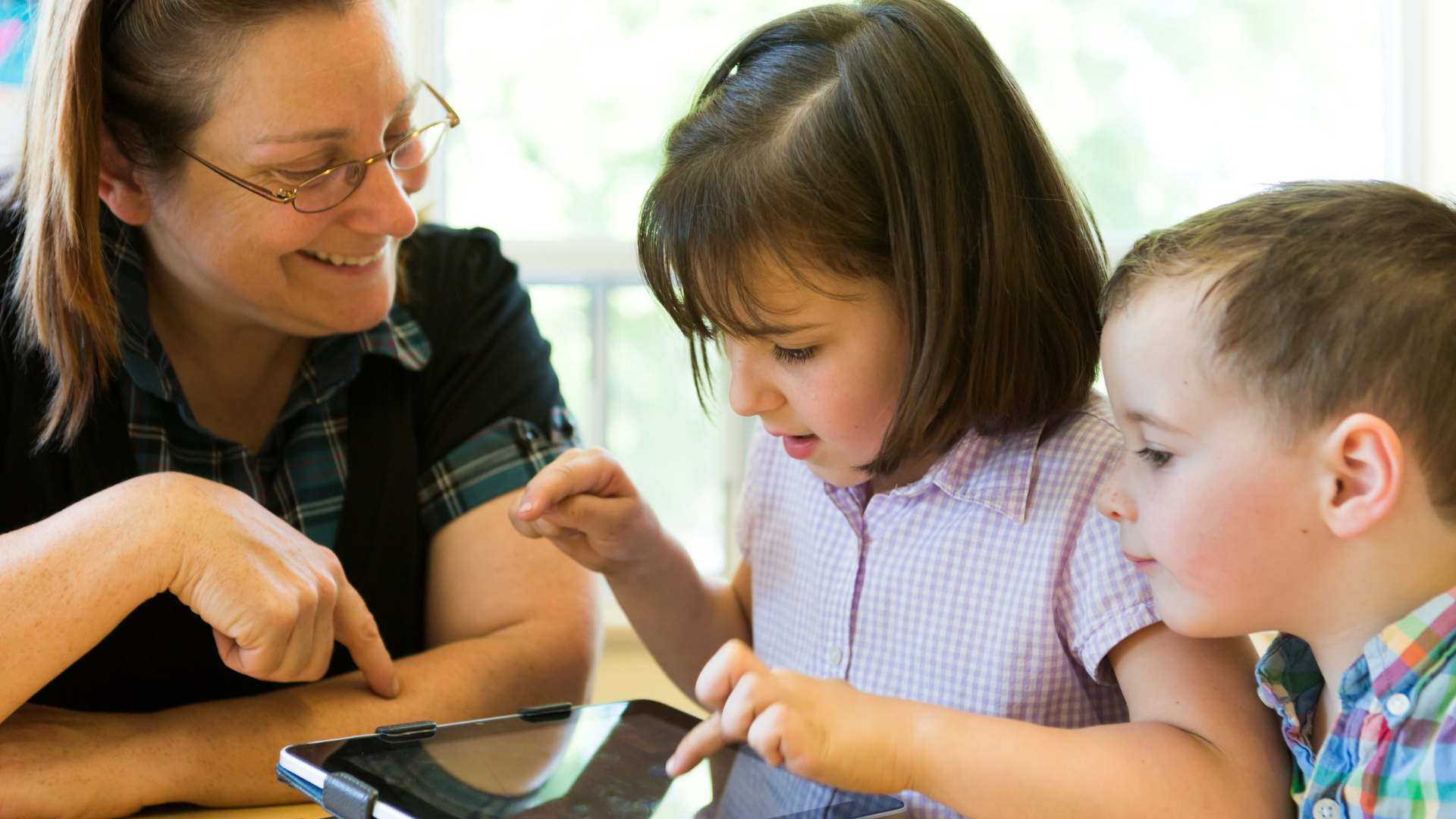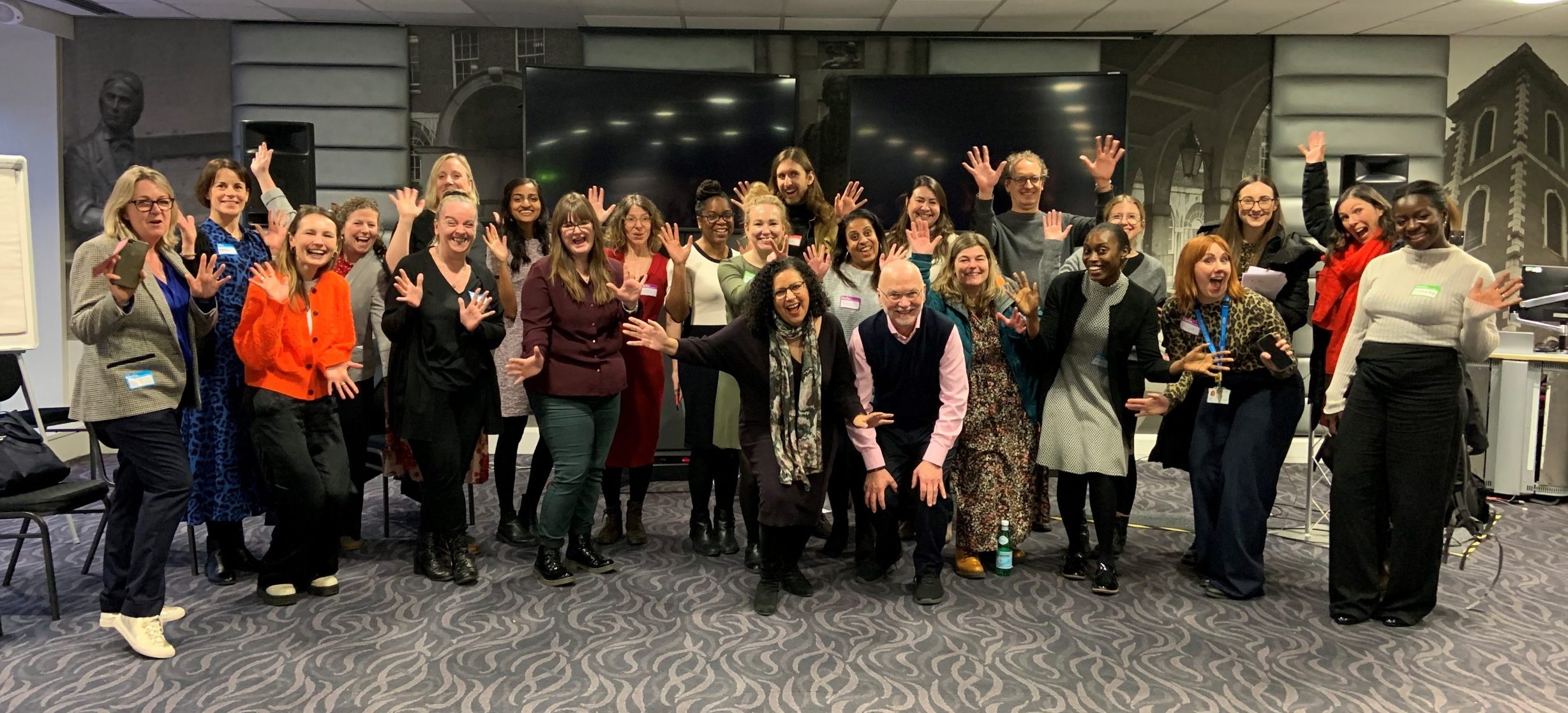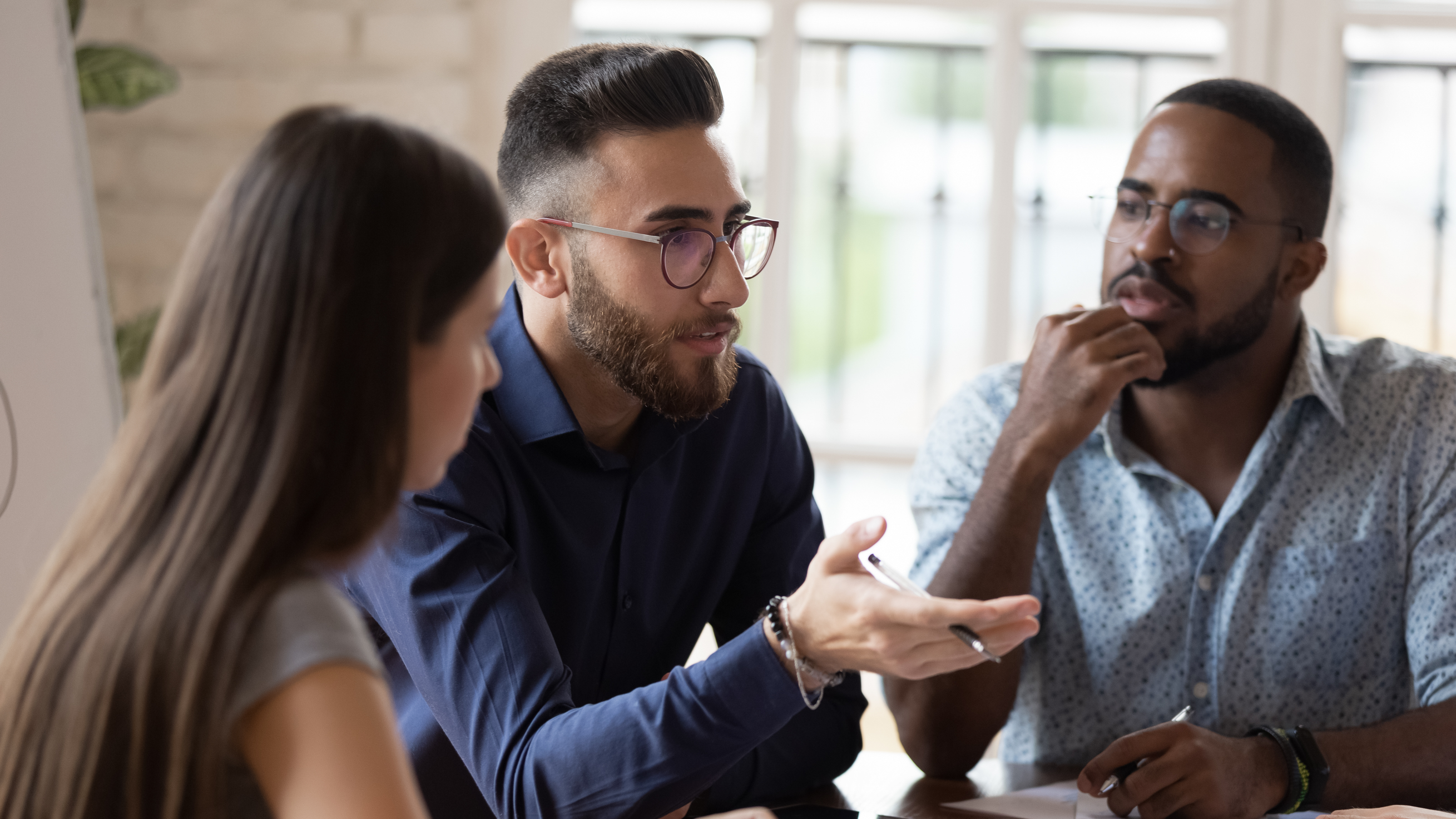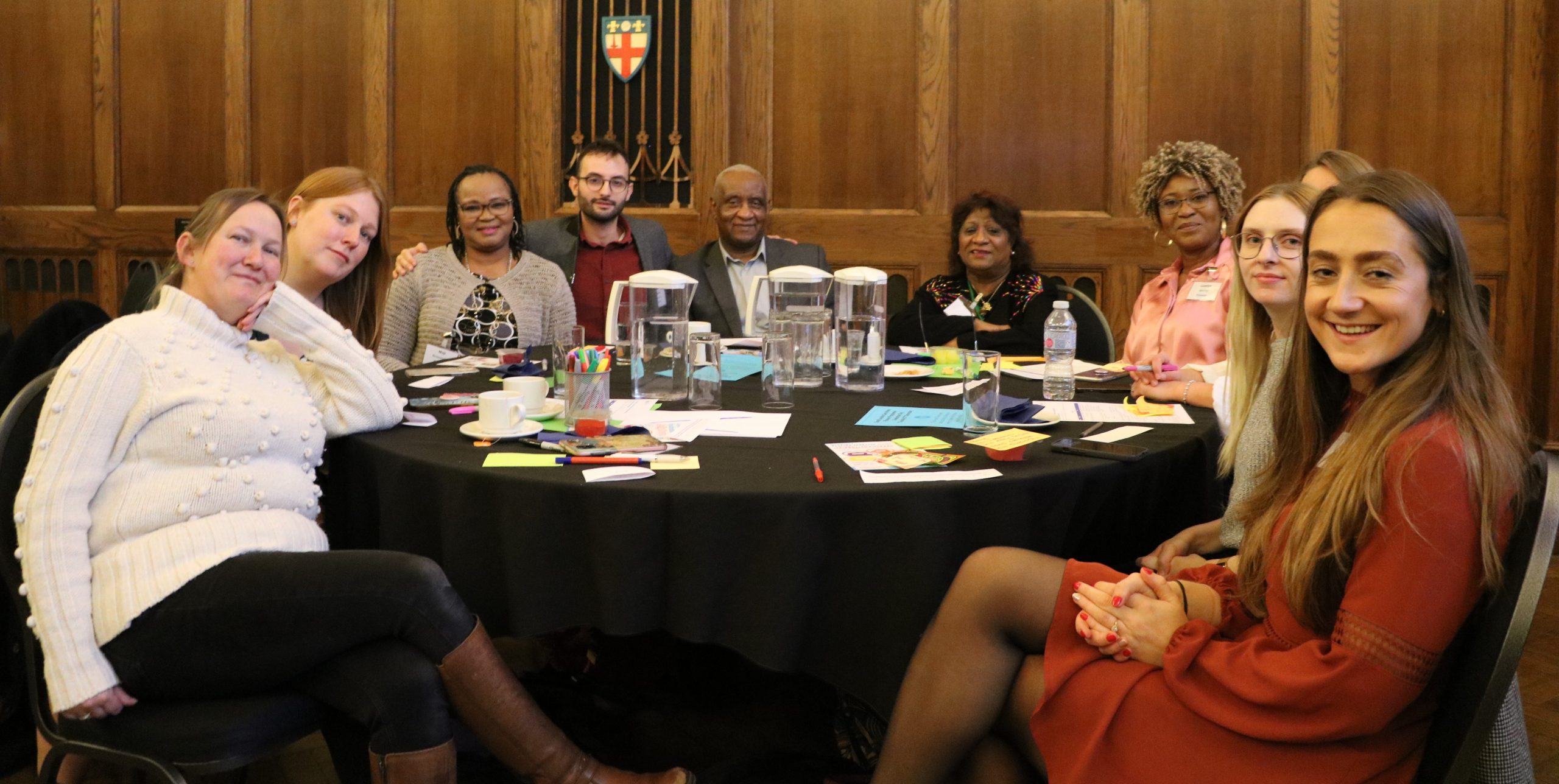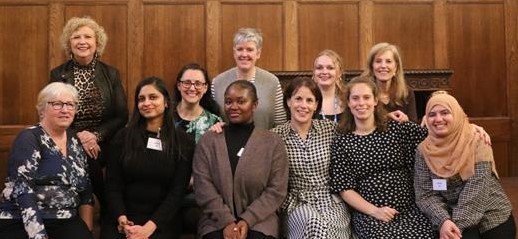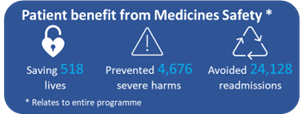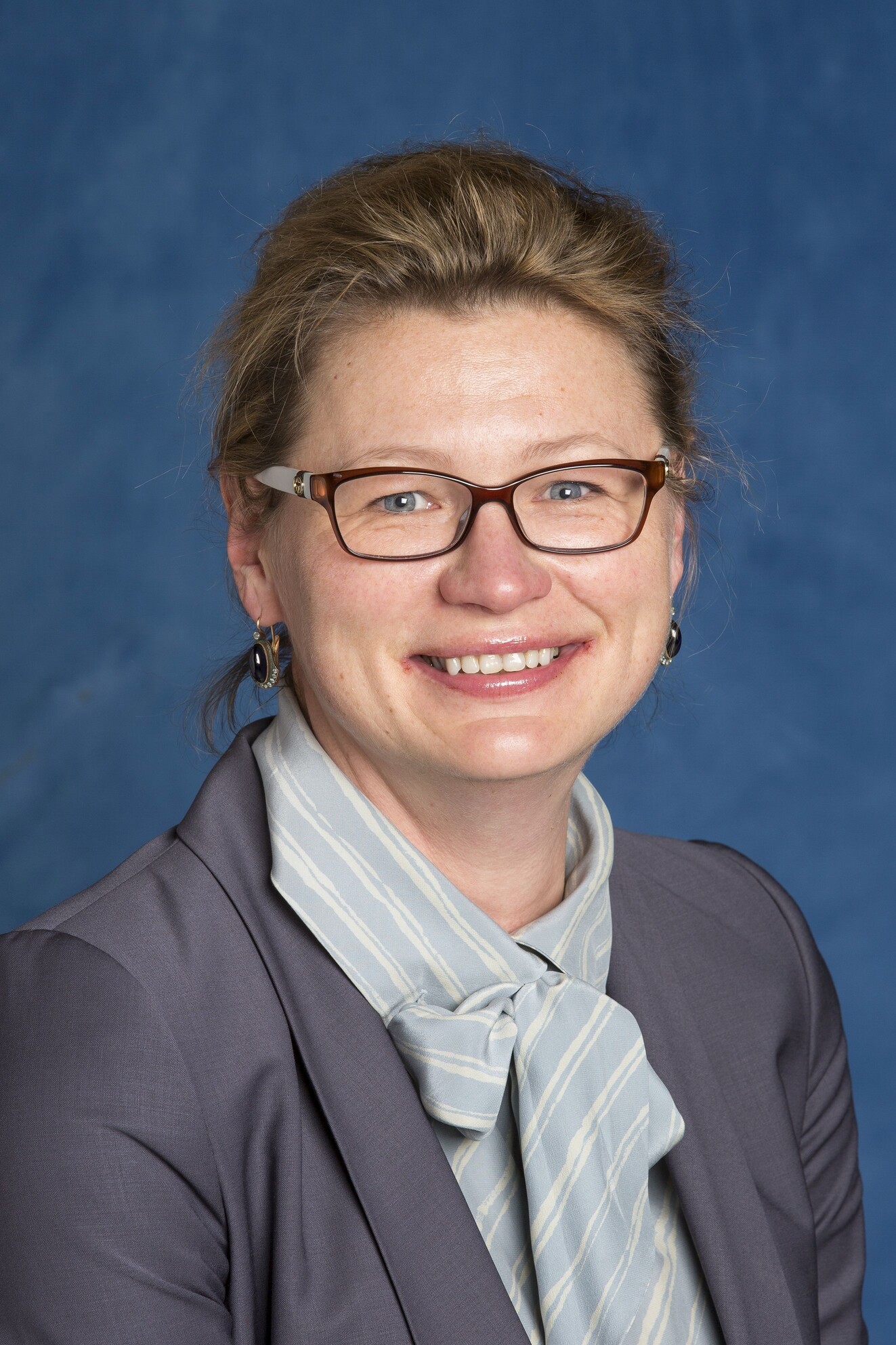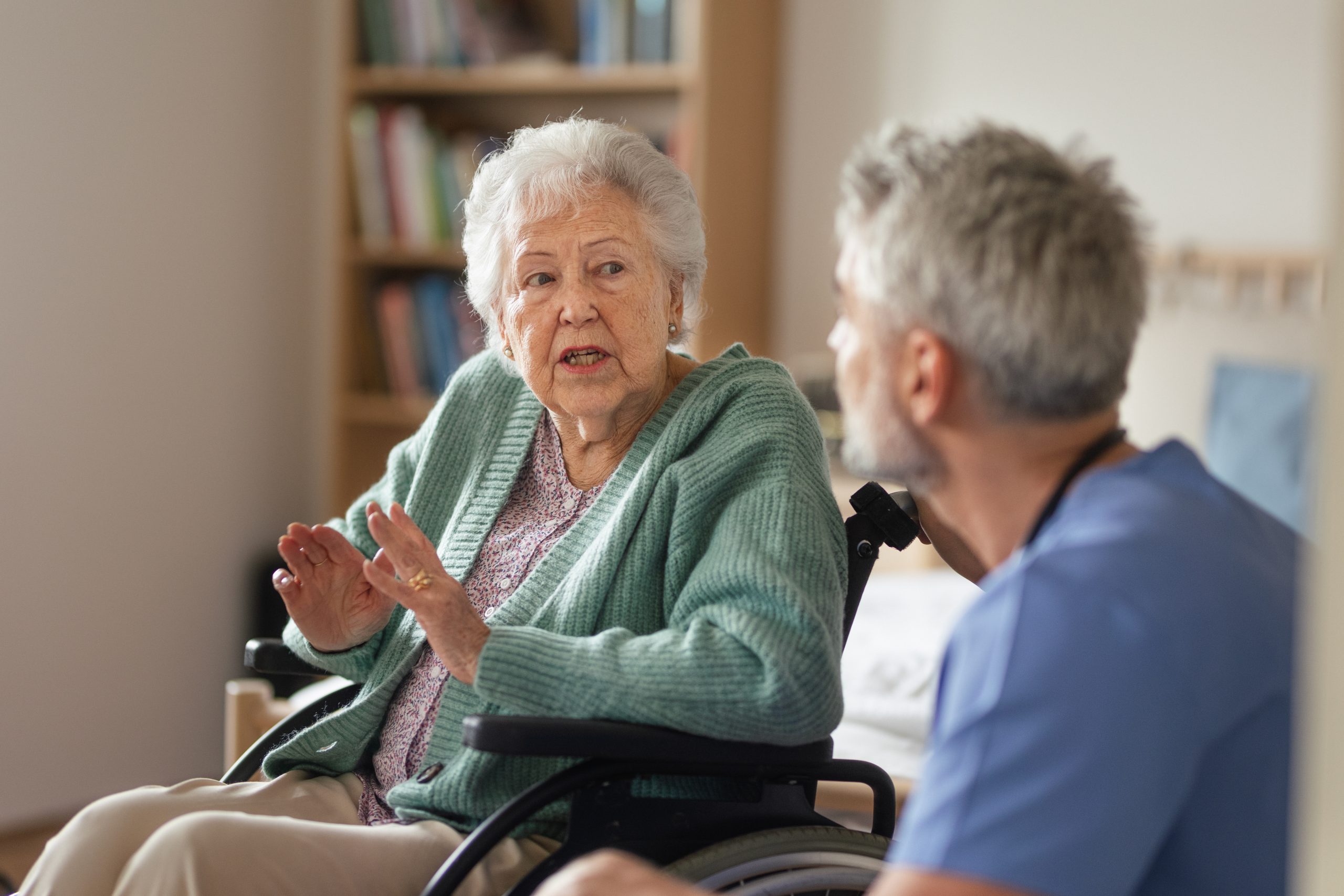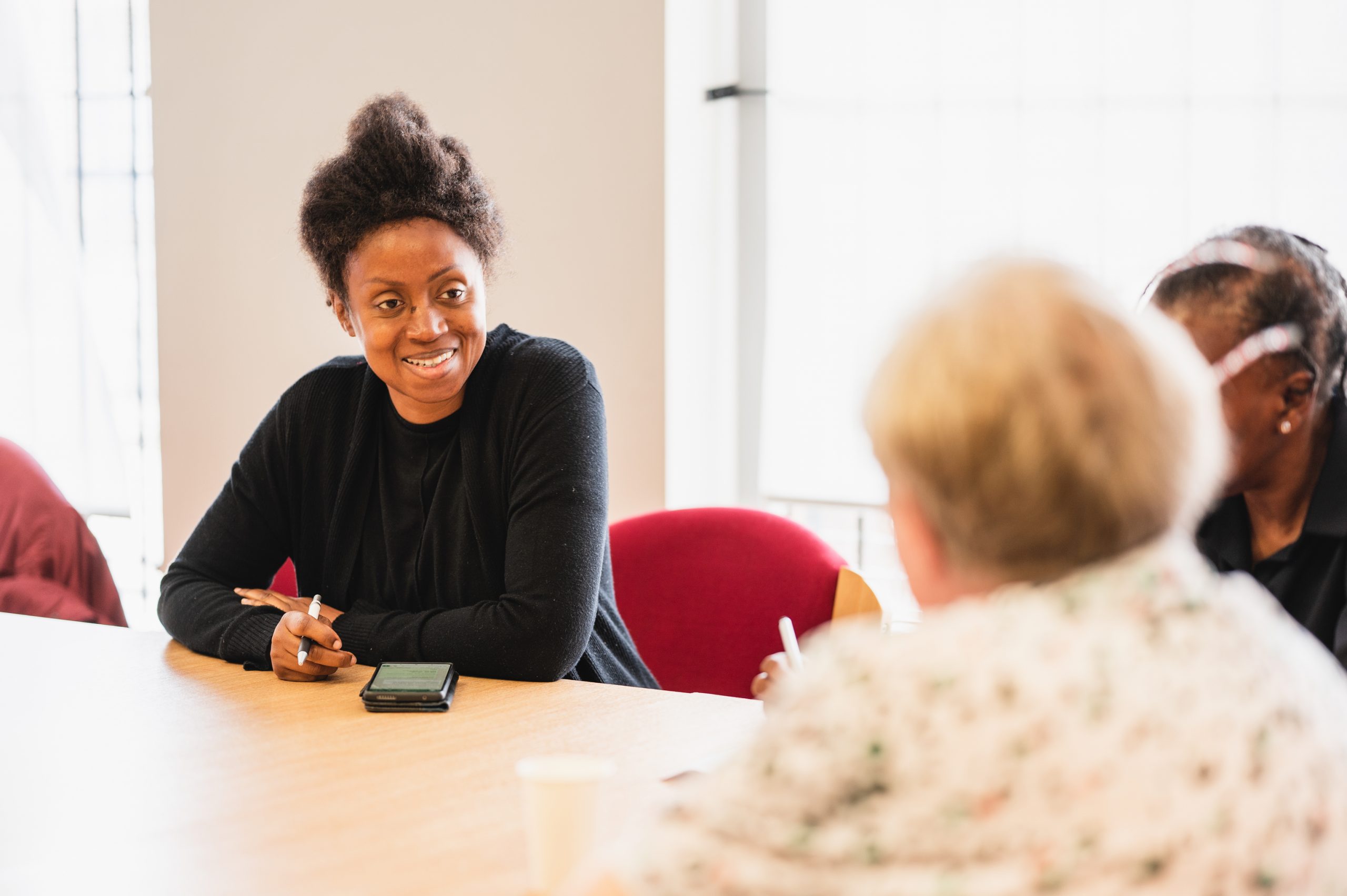While the 10 Year Health Plan acknowledges the need to phase out outdated technologies and treatments, questions remain about how to achieve this in practice. In this blog, our Programme Director for Patient Safety, Catherine Dale, and current MSc student in Health and Social Care Policy at King’s College London, Ashleigh Goodall, explore healthcare innovation through the lens of de-implementation strategies.
Inspired by conversations with colleagues at NIHR ARC South London, the blog highlights how removing outdated practices can improve patient outcomes, support policy development, and drive sustainable change across health and social care systems.
The 10 Year Health Plan for England introduces dozens of fundamental shifts, mandates, and requirements across seven core areas, aimed at achieving three radical shifts: from hospital to community, from analogue to digital, and from sickness to prevention.
There is mention of the need to stop doing some things in the Plan; “NICE will also be given a new role to identify which outdated technologies and therapies can be removed from the NHS to free up resources for investment in more effective ones” (p17) and “NICE will re-evaluate priority clinical pathways on a rolling basis, identifying where existing innovation should be retired” (p126). However, it is rare for any consideration to be given to how these things might practically be removed from current activities. Is that why it can feel like we need to ‘declutter’ some of our ways of working?
At a recent meeting attended by some of this blog's authors, focused on UK healthcare research and innovation, participants discussed “de-implementation"; ending the use of certain innovations or treatments. While some questioned whether Health Innovation Networks or Applied Research Collaborations should lead this, a senior leader argued it should be the responsibility of the organisations delivering the services, framing it as an automatic part of improving efficiency. This has prompted further reflection.
The case for greater investment in support for the adoption and implementation of innovation has been quite well made12, but have we neglected to consider the efforts required to stop doing things? Surely efforts in de-implementation, guided by health economics, can support strategic decommissioning and better allocation of treatments and services to those who need them most?
What shapes implementation and de-implementation?
Implementation is fairly straightforward; its focus is on bringing in new treatments, tools, or approaches that promise to make care better. De-implementation is the opposite; it means stopping practices that don’t work, cost too much, or even cause harm.
Both processes are influenced by similar factors:
- The treatment or intervention itself: Is it based on robust evidence? Does it carry risks?
- Healthcare professionals: Do they believe in the treatment or approach? Do they feel confident using (or abandoning) it?
- Patients or service users: How do they feel about the treatment or approach? Are they open to change?
Take a radical mastectomy for breast cancer. It was the ‘gold standard’ treatment for decades, even after research showed that less extreme treatments worked just as well, if not better. Why didn’t the shift happen sooner? Known methodology, culture, and, in some cases, the financial rewards attached to performing the more extensive surgery kept it in place.4
On the other hand, governments sometimes hesitate to implement new approaches because of cost. For instance, new cancer drugs often face delays in publicly funded systems like the NHS, not because they don’t work, but because the price tag is too high compared to the potential benefits.5
And then there are stakeholders, including patients themselves. Patients and carers have helped push positive changes forward. A good example is the My Medication Passport project in the UK, which spread quickly thanks to patients promoting it and encouraging pharmacists to stock it.6
But stakeholders can just as easily block change. Look at the COVID-19 vaccination. Many people were reluctant to take up the vaccine due to mistrust: “I don’t believe it’s safe”.7 This is despite clinical evidence that the vaccines are safe (with adverse side effects occurring very rarely) and effective at protecting patients from the risks posed by COVID-19.8
Now imagine trying to remove an existing practice people are used to; it’s often even harder. Take social care interventions to support homeless people: a study in Sweden found reluctance to abandon existing practices in favour of two new evidence-based interventions (‘Housing First’ and ‘Individual Placement and Support’). This was largely down to attitudes towards the effectiveness of the interventions, organisational culture and lack of collaboration between actors representing different parts of the system.9
Why de-implementation might feel harder than implementation
Part of the problem lies in human psychology:
- Confirmation bias makes us hold onto old beliefs, even when evidence contradicts them.
- Loss aversion means we feel the pain of losing an established practice more strongly than the benefit of adopting something new. 9
These types of psychological barriers don’t exist when it comes to implementation. This means that some of the strategies that work to boost the implementation of a new treatment or approach simply won’t work when the time comes to remove or replace it. Take the example of prostate-specific antigen (PSA) testing for prostate cancer.
Even when evidence showed routine screening of older men did more harm than good, many patients and doctors in the United States resisted giving it up. Strategies that might normally work to encourage the implementation of a treatment, such as raising awareness and knowledge on its benefits, didn’t appear to work for the de-implementation of PSA tests. Perhaps because of these psychological barriers, patients worried they were losing protection, while doctors feared being put at risk of malpractice if they didn’t offer the test.11 12
Strategies that work (and those that don’t)
So how do we make change happen?
Some strategies work for both implementation and de-implementation:
- Engage stakeholders early and meaningfully, and get their buy-in. In Australia, when policymakers decided to restrict public funding for some fertility treatments that were less effective for older women, they didn’t just impose the change. They invited patients and clinicians into the decision-making process. This helped make the shift less controversial by giving stakeholders the opportunity to voice their concerns before the change was made and play a role in shaping the new funding arrangements and eligibility criteria.12
- Education and training to explain the evidence behind changes and show stakeholders the new way of doing things. This works best when educational materials are tailored to specific audiences. In Ireland, the amount of unnecessary medicines prescribed was decreased by teaching professionals about the dangers of prescribing possibly unsuitable medications. Additionally, they were taught how to work with patients to examine medications and suggested substitute treatments using a web-based tool.13
But - context matters. For example, audits and feedback have been effective in cutting unnecessary antibiotic prescriptions in hospitals. The same approach, however, failed to reduce the overuse of MRI scans to investigate back pain, because patients expected them and doctors didn’t want to appear as though they were withholding care.14
Leadership of de-implementation seems broadly similar but not identical to that employed in implementation, although this topic merits further examination.
That’s the challenge with de-implementation: it often requires more intense, multi-layered strategies, tackling not just knowledge gaps but also emotions, fears, organisational culture and long-held habits.
Conclusion
Implementation and de-implementation share common ground. Both are complex, shaped by culture, economics, and above all, people. Both rely on strategies like engagement and education.
But de-implementation is often harder. Psychological biases, mistrust, and the fear of “taking away” care make it more complex. Strategies that work for implementation often need adapting, intensifying, or even rethinking when it comes to de-implementation.
So, they are not really two sides of the same coin. They are connected but distinct. And if we treat them that way, healthcare systems stand a better chance of introducing the best new practices while letting go of the ones that no longer serve patients well.


We're here to help
For more information about our work in patient safety, change management or service transformation, please get in touch with our team.
Get in touch








